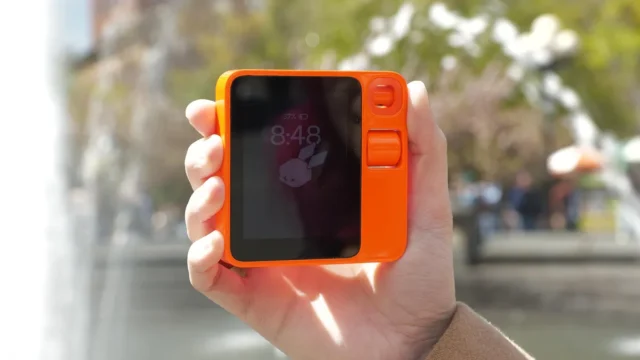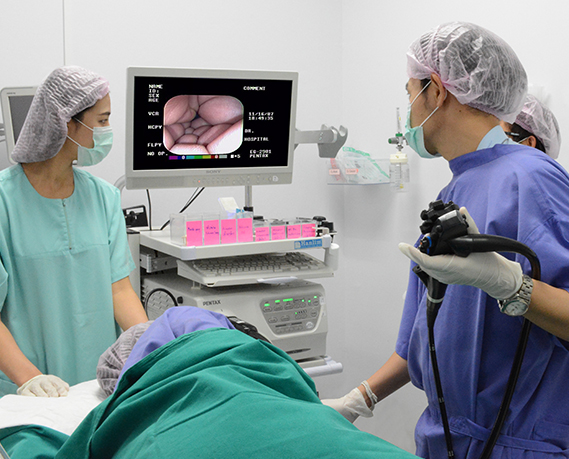Over the past few years, technology has changed how we live in ways we couldn’t have imagined. Artificial intelligence (AI) is no longer just a buzzword—it’s part of our everyday lives. From smartphones and smart homes to work tools and apps, AI is everywhere. And now? It’s small enough to fit in your pocket.
Enter portable AI assistants: compact, intelligent, and surprisingly helpful. Imagine having a digital sidekick that follows you everywhere—whether you’re sipping your morning coffee, catching a train, or prepping for a meeting. That’s not science fiction anymore; it’s the new normal.
So what exactly are these pocket-sized geniuses? How do they work, and how are they different from the virtual assistants we’ve had on our phones for years? What’s available today, and where is this trend heading? In this guide, we’ll answer all of that and more—whether you’re a seasoned tech geek or just getting curious.
What is a portable AI assistant, really?
Think of it as a super-smart helper that’s always with you. It gets to know your habits, helps organize your day, takes notes, reminds you of things, and even gives you advice—all without being intrusive. Most importantly, it does all this while sitting quietly on your wrist, in your pocket, or clipped to your shirt.
These assistants come in various forms—tiny standalone devices, wearables like smartwatches, smart glasses, or small gadgets you clip onto your clothes. What matters is that they’re always within reach, work fast, and give you support that’s tailored to you.
How do these little geniuses work?
Let’s peel back the curtain and see what makes them tick:
AI and machine learning
These assistants learn from your routines—what time you wake up, the route you take to work, your favorite news sites, or even when you tend to get stressed. The more they observe, the better they can predict your needs and help you.
Edge computing
Instead of sending everything to the cloud, modern AI devices do much of the processing on the device itself. That means faster responses, better privacy, and improved efficiency.
Natural language processing (NLP)
Ever talked to Siri or Alexa? That’s NLP in action. Newer devices understand not just your words, but also the tone and meaning behind them—so conversations feel more natural.
Sensors and smart connectivity
Portable AI gadgets are often loaded with sensors—GPS, motion detectors, heart rate monitors, microphones—and can talk to your phone, smart home, or other gadgets to gather more context.
What’s on the market right now?
Here are some exciting devices that are already changing the game:
Humane AI Pin
This sleek little wearable clips onto your clothes and uses a mini projector to display info—no screen required. It even projects visuals onto your hand. It’s voice-controlled, super discreet, and great for people who want a screen-free experience.
Rabbit R1
A pocket-sized powerhouse that uses a Large Action Model (LAM) to control apps and perform tasks. Want to book a ride, send a message, or manage your calendar with just your voice? This device does it all.
Rewind Pendant
This necklace-like gadget records audio throughout your day and turns it into searchable notes. Ideal for students, professionals, or anyone who wants a better memory tool.
Where can they actually help?
These assistants are far more than fancy gadgets. They can support you in all kinds of everyday situations:
Daily productivity
- Reminders, to-do lists, and schedule planning
- Auto-updated grocery lists
- Morning routine optimization
Health and wellness
- Step tracking, sleep monitoring, heart rate tracking
- Gentle nudges to relax when you’re stressed
- Logging meals and recommending healthy habits
Communication
- Voice-controlled messaging and calling
- Real-time translation when you’re traveling
- Handling notifications so you can focus
Work and study
- Taking notes during meetings or classes
- Summarizing long documents or audio
- Helping manage tasks and projects
Why should you care?
Let’s be real: we’re all busy. Having a smart assistant that learns from you and supports you without asking is a game-changer. You’ll save time, stress less, and stay organized—even on chaotic days.
But there are a few things to consider:
- Privacy: Who gets access to the data your assistant collects?
- Battery life: Will it last all day without a recharge?
- Cost: Premium AI devices still come with a hefty price tag, though prices are dropping.
What does the market look like?
You can already pick up entry-level assistants for around $100–200 USD. Mid-range devices cost between $200–500, while top-tier tools can go beyond $500. While big tech companies lead the way, startups are bringing fresh ideas and pushing boundaries.
What does the future hold?
The possibilities are pretty exciting. Here’s what’s likely coming:
- Holographic displays: No screen? No problem. Project info into thin air.
- Emotion detection: Assistants that can sense if you’re happy, tired, or stressed.
- Self-improving AI: Devices that upgrade their own behavior based on experience.
- Brain-tech links: One day, you might control your assistant just by thinking.
How to get the most out of your assistant
- Choose a device that fits your habits and lifestyle
- Check and adjust privacy settings regularly
- Experiment with different features—it’s more powerful than you think
- Keep your device updated to get the latest improvements
Portable AI assistants are not just tech toys—they’re companions that understand, support, and grow with you. They help you stay organized, stay healthy, and stay ahead, whether you’re working, traveling, or just living your life.
We’re just getting started. In a few years, almost everyone will have a digital sidekick—on their wrist, in their pocket, or maybe even in their glasses. The future? It’s already here.
Image(s) used in this article are either AI-generated or sourced from royalty-free platforms like Pixabay or Pexels.
Did you enjoy this article? Buy me a coffee!






